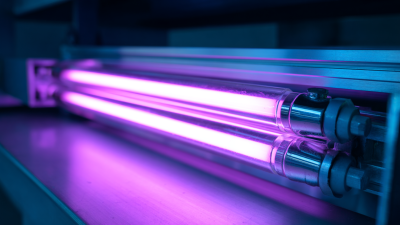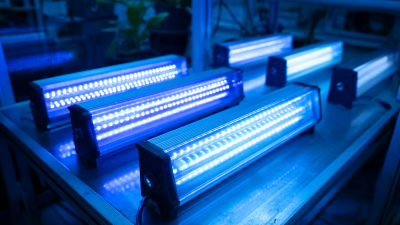Leave Your Message
-
Phone
-
E-mail
-
Whatsapp
In today's fast-paced world, the demand for high-quality UV lamp technology has surged, particularly in industries such as printing, curing, and disinfection. According to a recent market research report by Grand View Research, the global UV lamp market is projected to reach USD 6.24 billion by 2025, driven by the increasing awareness of hygiene and the efficiency of UV applications. When it comes to choosing the right model, selecting the best UV lamp high power that aligns with your specific needs is crucial. High-power UV lamps are designed to provide greater intensity and faster curing times, making them ideal for applications ranging from 3D printing to industrial coatings. Understanding the factors that influence performance and longevity is essential for making an informed decision that enhances your operational efficiency and product quality. In this guide, we will explore key considerations to help you select the optimal UV lamp high power tailored to your requirements.
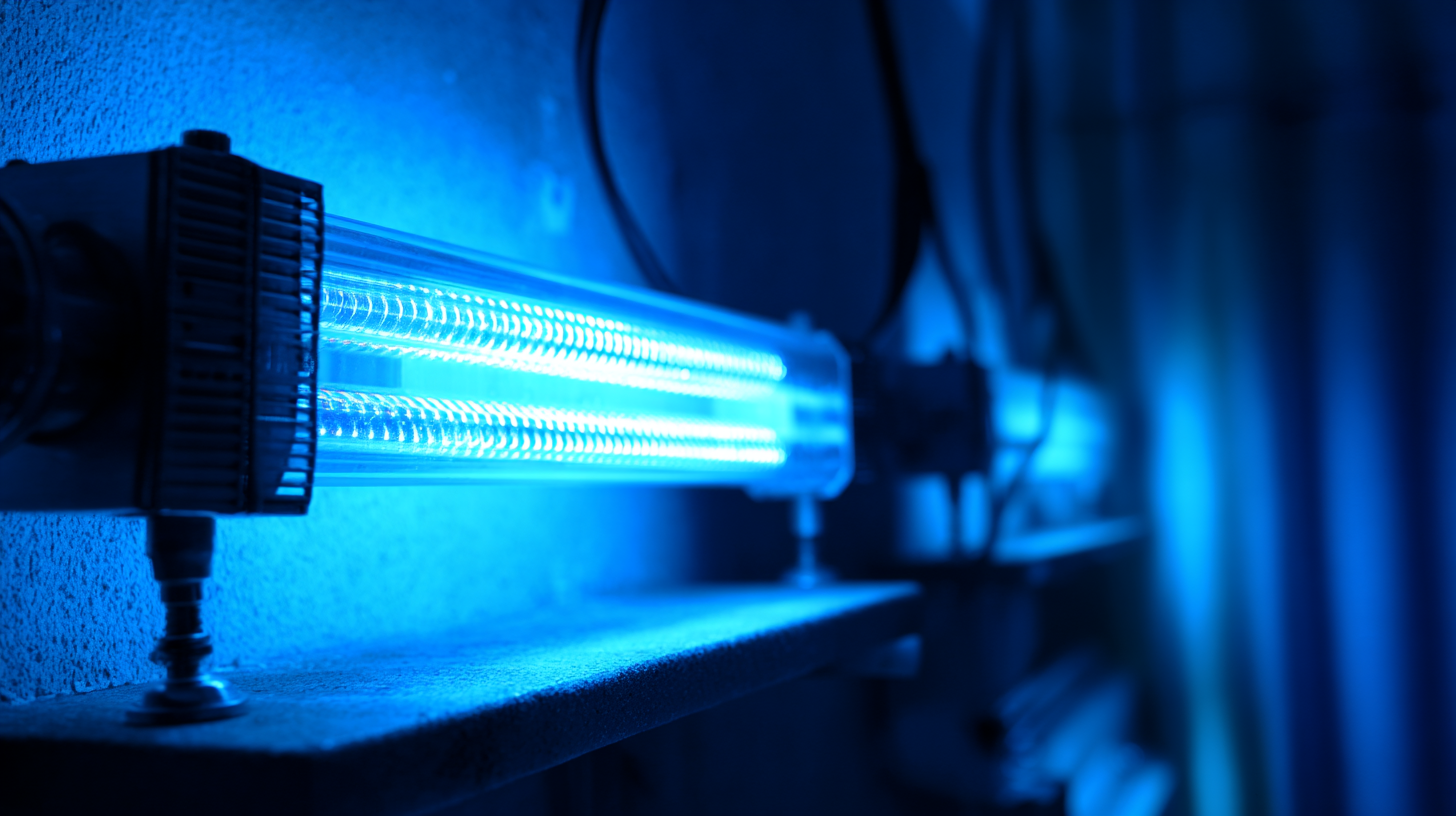
When choosing a UV lamp, understanding power levels is crucial to ensuring you select the right one for your specific needs. UV lamps vary in power, typically measured in watts, and higher wattage often means faster and more effective results. For instance, lamps with higher power levels are generally more effective for applications requiring sterilization or rapid curing, such as in nail salons or laboratories.
**Tips:** Consider the intended use of the UV lamp. If you're primarily using it for home disinfection, a lamp with moderate power may suffice. However, if you need it for professional or high-demand settings, investing in a high-power option could save you time and enhance efficacy.
Another important factor to consider is the wavelength emitted by the lamp. Different applications require specific wavelengths for maximum effectiveness. For instance, UV-C lamps are commonly used in disinfection due to their ability to kill bacteria and viruses. Be sure to match the wavelength with your intended use for optimal results.
**Tips:** Always check manufacturer specifications to ensure the UV lamp meets the requirements for your application. Additionally, take safety precautions by using protective gear and following recommended exposure guidelines to protect yourself and others while using the lamp.
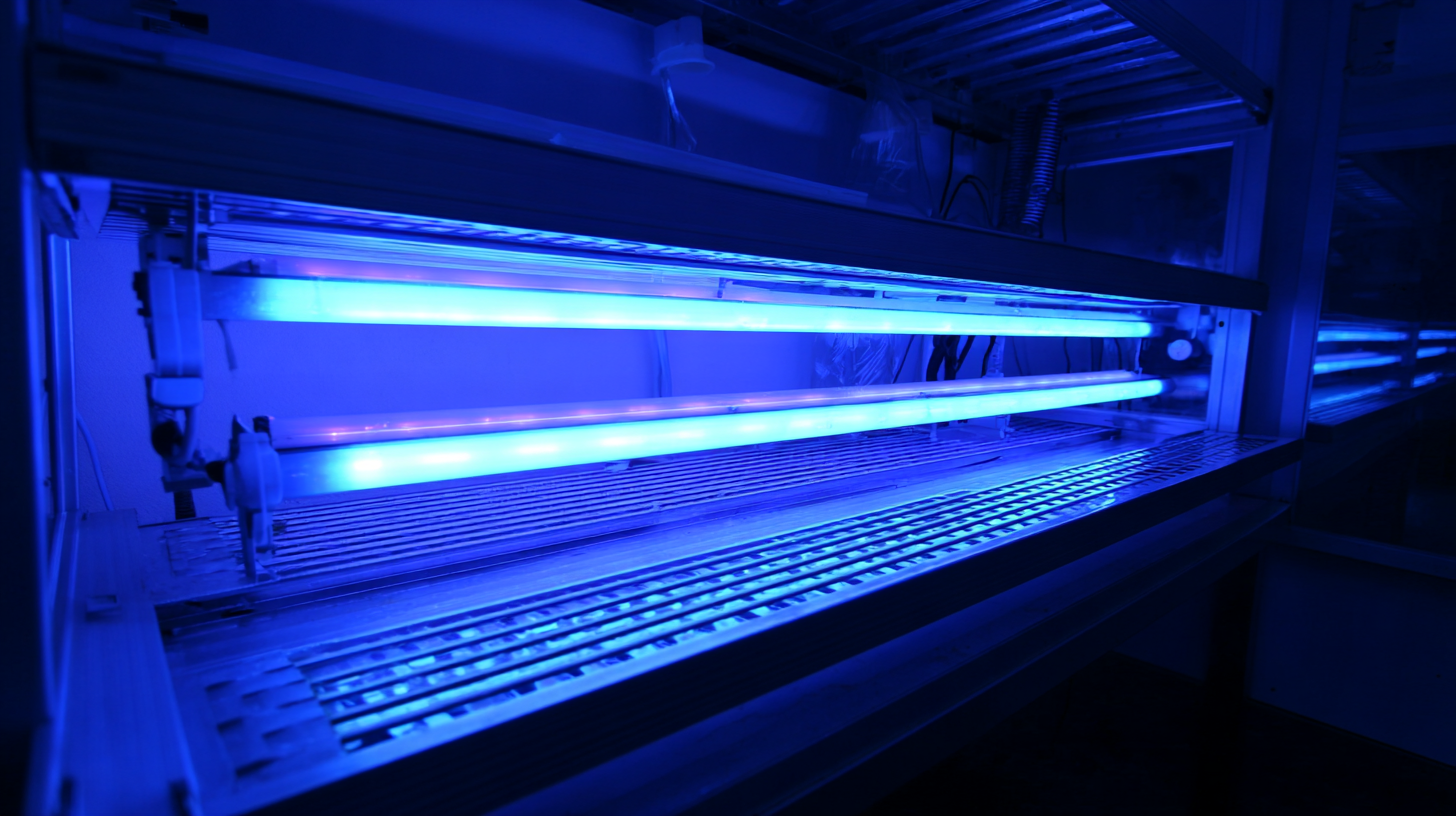
When selecting a high-power UV lamp, there are several key features to consider to ensure it meets your specific needs. First and foremost, the wavelength of the UV light is crucial. Different applications, whether for curing, sterilization, or other purposes, require specific wavelengths for optimal performance. For instance, UV-C lamps are typically used for disinfection, while UV-A and UV-B lamps are more suitable for curing inks and coatings. Ensuring that the lamp emits the appropriate wavelength for your intended use will maximize its effectiveness.
Another important feature is the lamp's power output, measured in watts. A high-power UV lamp should provide sufficient intensity to perform its task efficiently. When choosing a lamp, evaluate the balance between power and energy consumption to avoid excessive operational costs. Additionally, look for durability and build quality, as well-constructed lamps not only last longer but also provide consistent performance. Features like a sturdy housing, UV-resistant materials, and a reliable cooling system can enhance the lamp's longevity and functionality.
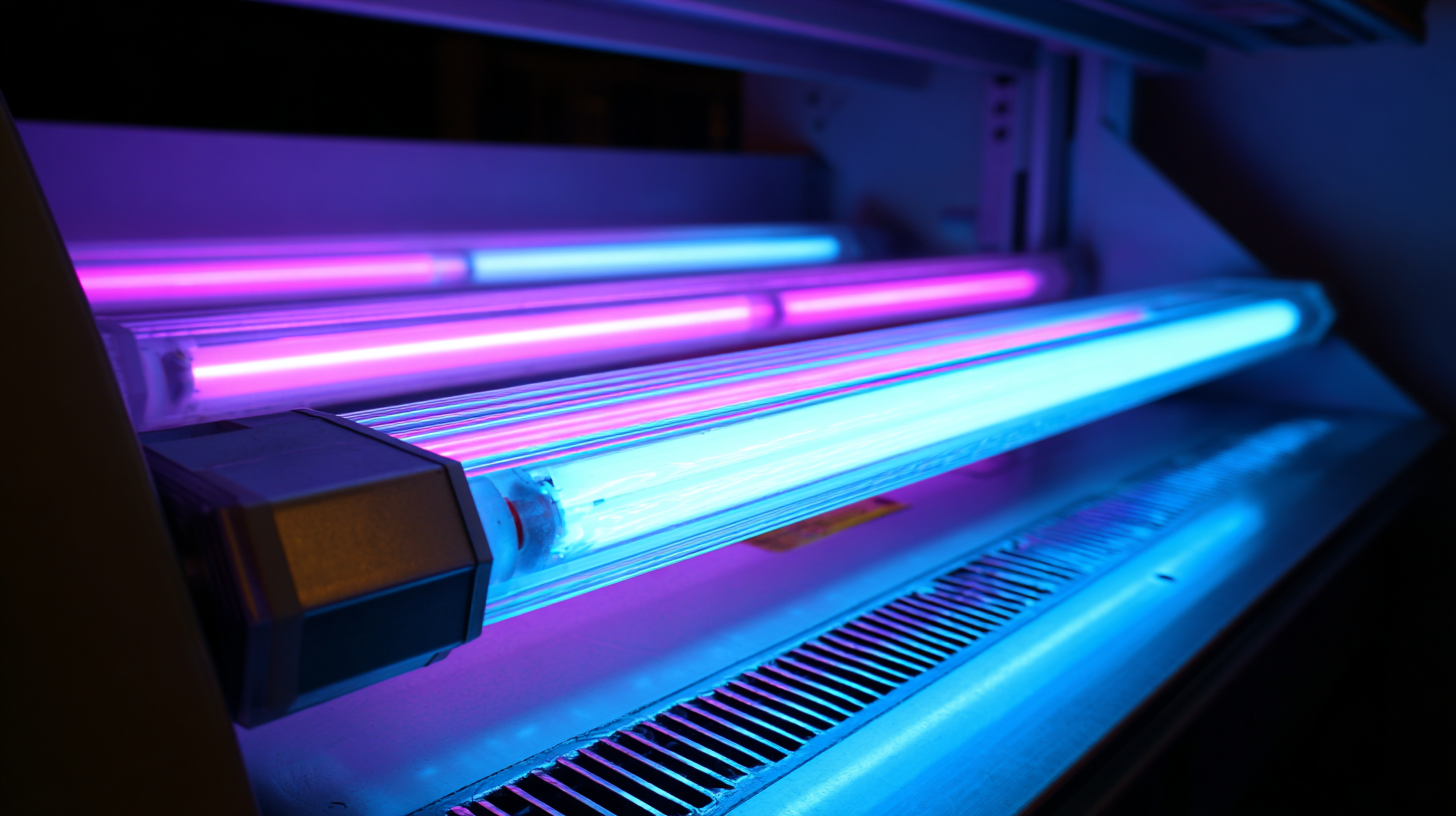
When it comes to selecting the best UV lamp for your specific needs, understanding the various applications is crucial. According to a report from MarketsandMarkets, the global UV lamp market is projected to reach USD 4.7 billion by 2026, driven largely by its applications in healthcare, water treatment, and industrial processes. Depending on the intended use, the specifications can vary significantly. For instance, UV-C lamps are essential for disinfection and sterilization, making them ideal for hospitals and laboratories, while UV-A lamps are frequently used in curing processes in the manufacturing sector.
Furthermore, assessing your unique application can help in determining the required power levels. A study by the International Ultraviolet Association highlights that effective disinfection requires a certain intensity and exposure duration, which can vary based on the pathogen targeted. In residential settings, lower power UV lamps might suffice for air purification, while higher power options may be needed in commercial environments to ensure safety and compliance with health regulations. By clearly defining the environment and goal of use, you can make a more informed choice about which high-power UV lamp best suits your needs.
When using high-power UV lamps, safety should be your foremost concern. Unlike standard lighting, the ultraviolet radiation emitted by these lamps can pose significant health risks, including skin burns and eye injuries. It’s crucial to always wear appropriate protective gear, such as UV-blocking goggles and long-sleeved clothing, when operating or working nearby these powerful devices. Additionally, ensure that the area is well-ventilated to avoid potential exposure to ozone, which can be generated by some UV lamps.
Another important consideration is the proper handling and maintenance of high-power UV lamps. Regularly inspect the equipment for any signs of damage or wear, as compromised bulbs can lead to increased risk of accidents. Proper storage is also essential; lamps should be kept in a secure location away from direct sunlight and damp conditions to extend their lifespan and maintain safety. Familiarizing yourself with the manufacturer's safety guidelines and recommendations is also key to ensuring safe usage and optimal performance of your UV lamps.
| Category | Key Features | Safety Considerations | Usage Recommendations |
|---|---|---|---|
| Sterilization | High-intensity output, wavelength 254nm | Protect skin and eyes from UV exposure | Use in unoccupied spaces |
| Curing | Fast curing time, compatible with various materials | Use protective gear during operation | Ensure proper ventilation |
| Water Purification | Effective against bacteria and viruses | Avoid direct contact with UV light | Implement a safety shutdown |
| Research Applications | Customizable settings, data logging potential | Ensure lab safety protocols are followed | Regular maintenance checks are crucial |
When it comes to choosing the right UV lamp, understanding the differences between various brands and models can significantly impact your decision. Popular brands like SunUV, MelodySusie, and LKE have established themselves as leaders in the market, each offering unique features tailored to different user needs. SunUV, for instance, is known for its high-powered lamps that provide quick curing for gel nails, making it an excellent choice for nail technicians and enthusiasts. On the other hand, MelodySusie combines affordability with effective performance, appealing to home users who seek quality without breaking the bank.
When comparing specific models, it's essential to consider key factors such as wattage, design, and functionality. High-wattage lamps typically cure gels faster but can also generate more heat. Therefore, models with built-in cooling technology, such as LKE’s UV lamps, can offer a comfortable experience while maintaining high performance. Additionally, lamps that feature timers and automatic sensor activation provide added convenience for those who frequently use UV light for manicures or other applications. By carefully evaluating these aspects, you can better align your choice with your specific requirements, ensuring that you invest in a UV lamp that meets your needs effectively.


